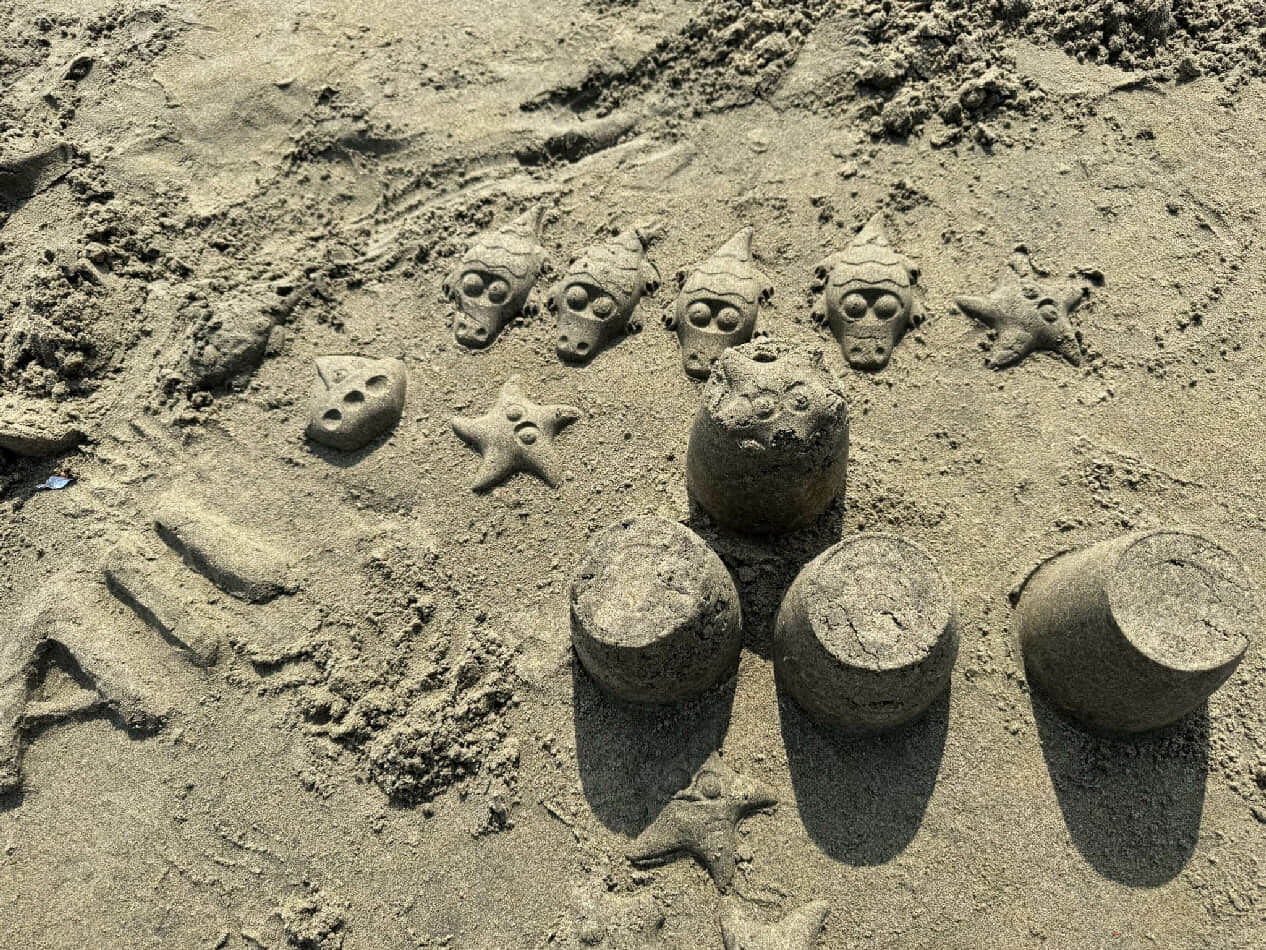H-1 Factory Building, Mingshan Industrial Park, Gaoping Economic and Technological Development Zone, Jincheng City, Shanxi Province, China. +86-15921818960 [email protected]
Sand casting, also known as sand molding, is an age-old casting process that has been employed for centuries to produce metal parts. It is particularly well-suited for creating complex shapes and is widely used for both small and large-scale producti...

Sand casting, also known as sand molding, is an age-old casting process that has been employed for centuries to produce metal parts. It is particularly well-suited for creating complex shapes and is widely used for both small and large-scale production runs due to its cost-effectiveness and flexibility.
Process Description: In sand casting, a mold is first created using sand, which is mixed with a binder to give it the necessary strength and shape. The mold is made in two halves, and the pattern (a replica of the desired part) is placed inside the mold cavity. Once the sand has set, the pattern is removed, leaving a cavity that mirrors the shape of the part to be cast. Molten metal is then poured into the cavity, and after cooling and solidification, the part is extracted from the mold.
Advantages of Sand Casting:
1.Flexibility: Sand casting can produce parts with complex geometries that are difficult or impossible to achieve with other casting methods.
2.Cost-Effectiveness: The tooling costs are relatively low, making it an economical choice for small to medium production runs.
3.Material Variety: It is suitable for a wide range of metals, including aluminum, iron, steel, and bronze.
4.Scalability: The process can be scaled to produce both small and large parts, from a few ounces to several tons.
Challenges in Sand Casting
Defects: Common defects include shrinkage, gas porosity, and oxide inclusions, which can affect the quality of the casting.
Surface Finish: The surface finish may not be as smooth as that of die casting or investment casting, requiring additional finishing processes.
Dimensional Tolerance: The dimensional tolerances are generally larger than those of precision casting processes, which may necessitate further machining.
Applications: Sand casting is used across various INDUSTRIES, including automotive, aerospace, agriculture, and heavy machinery. It is employed for producing parts such as engine blocks, transmission housings, and large machinery components.
Innovations: Recent advancements in sand casting include the use of 3D-printed sand molds, which offer greater precision and reduce lead times. This technology allows for rapid prototyping and the production of complex geometries with less material waste.